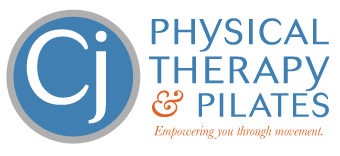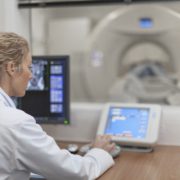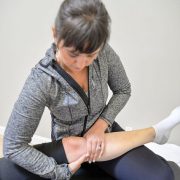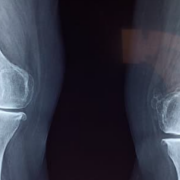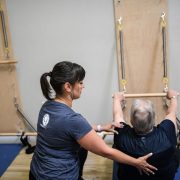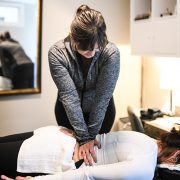Why Your Back Pain Isn’t Going Away – Even After Rest, PT, and Chiro
In my 23-year career, back pain is probably the one problem that frustrates people the most. It affects your sleep, your mood, your energy, and your ability to enjoy the things you love. Plus, it becomes even more frustrating after you’ve tried all the “right” things – like physical therapy, chiropractic treatment, and even good old-fashioned rest.
If this sounds like your story, you are not alone. I work with people every week who have done everything they were told to do – and they’re still in pain. And it’s not because they didn’t try hard enough. It’s because the true root cause of the problem was missed.
I always say… If your treatment plan isn’t working, you either have the wrong diagnosis or a poor treatment strategy.
Let’s take a closer look at why some of the most common treatments for back pain – rest, physical therapy, and chiropractic care – don’t always work.
Rest is Not a Cure
When your back hurts, resting feels like the safest and most natural thing to do. And for an acute injury, some rest is helpful. But debilitating back pain episodes aside, resting for more than a day or two can actually make things worse.
Your spine needs movement. Movement keeps your discs hydrated, your joints nourished, and your muscles coordinated and strong. Avoiding movement out of fear can lead to stiffness, weakness, and more pain – not less.
Your nervous system relies on movement – and your body’s response to it – to help it learn and recover after injury. If you shut everything down at the first sign of pain, your brain can start to associate movement with danger. That’s how chronic pain problems begin.
The reality is, if rest alone cured back pain, we wouldn’t have so many people still suffering from it.
Your Physical Therapy Isn’t Prescriptive
The research tells us that exercise is one of the most effective treatments for back pain – which is why physical therapy should be the gold standard. Physical therapists are trained to be movement experts. They should be prescribing exercises that are designed to take your back pain away – and keep it gone – while using hands-on work and modalities selectively to help you move with less pain and more efficiency.
But sadly, this doesn’t always happen. I often see clinics that rely heavily on passive modalities like ultrasound or electrical stimulation for short-term relief. Then the exercise “prescription” ends up being a generic list of stretches and core exercises you could find on YouTube.
If your physical therapy didn’t work, it’s possible the true root cause of your back pain wasn’t correctly identified. Many cases of back pain are due to “derangement syndrome” – when something in your spine (like a bulging disc) disrupts normal movement. Unless you correct the way your spine moves – and learn how to maintain that correction – the pain keeps coming back.
Physical therapy must be prescriptive in nature. If you just want general exercises, you can find them online or go to the gym. Your back might eventually feel better – but you’ll never know what fixed it, and you’ll have no way to fix it again when the pain returns.
Chiropractic Adjustments Aren’t Always Enough
Chiropractic care can sometimes be the difference between being unable to move and finally being able to straighten yourself out – especially during an acute episode of back pain. But most chiropractic care is passive. It has its place, but problems arise when people rely solely on adjustments to stay out of trouble. Chiropractic care should be paired with prescriptive, active movement that retrains your nervous system and gives you tools to manage your pain.
Another issue I see is people who have relied on adjustments for years. Eventually, they realize the pain keeps coming back. That’s often because the joint being mobilized provides only temporary relief, while the root cause isn’t being addressed. Chiropractic adjustments also aren’t very specific. Your spine often needs precise movements, in a specific direction, repeated over time. When it comes to disc or nerve problems, it can take thousands of reps of the right movement to resolve the irritation and get the pain to stop. A chiropractic adjustment can sometimes disrupt that carefully prescribed movement plan – and then you’re back at square one.
This all might sound a bit “technical” to you, and that’s because it is. It’s also why so many people still suffer from back pain despite trying everything.
But don’t overthink it. Ask yourself: Is chiropractic care still helping? Are you relying on the adjustments less and less? If yes, you’re on the right track. If not, it may be time for a new approach.
What to Do Instead
There’s no one-size-fits-all solution for back pain. But successful treatment usually starts by asking better questions and taking the time to uncover the real root cause.
Is it your muscles? Your joints? A disc? A nerve? Or the way your brain and nervous system have adapted over time?
A thorough, mechanically based assessment often reveals things that X-rays and MRIs miss. In fact, imaging can sometimes lead to too much information – and send you down a path of unnecessary treatments that should be reserved as a last resort.
Once the true source of your problem is found, a plan that emphasizes active movement, education, and progressive activity is far more effective than passive treatments or rest alone. Passive treatments can help reduce symptoms quickly, but long-term success depends on learning how to care for your back with the right tools, the right guidance, and the right movements.
If your back pain isn’t going away – even after rest, PT, or chiropractic – it’s not a sign that you’re broken or destined for surgery. It could just mean the true cause of your pain hasn’t been found yet.
If you’re tired of chasing quick fixes and want real answers, we can help. Schedule a free Discovery Visit to uncover the root cause of your back pain and find out if we’re the right fit to help you get lasting relief.
Dr. Carrie Jose, Physical Therapy Specialist and Mechanical Pain Expert, owns CJ Physical Therapy & Pilates in Portsmouth, NH, and writes for Seacoast Media Group. If local to Portsmouth, NH, and looking for help, request a FREE Discovery Visit with one of her Specialists by CLICKING HERE.
